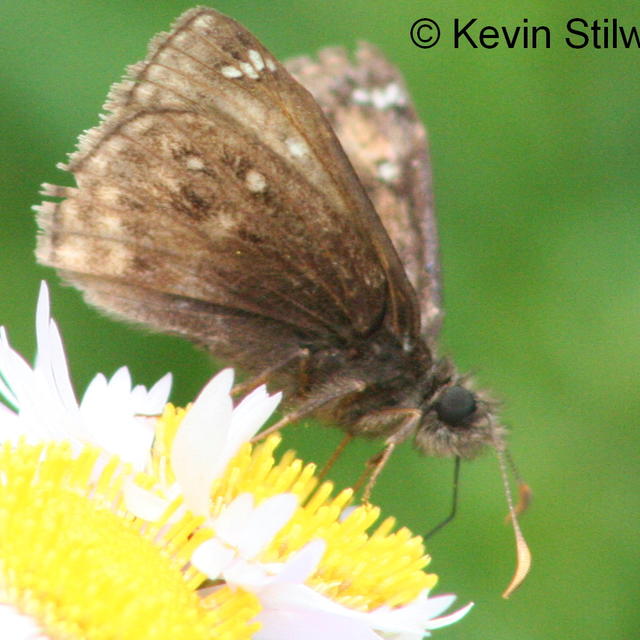Juvenal's Duskywing
Erynnis juvenalis (Fabricius, 1793)
Family: Hesperiidae
Subfamily: Pyrginae
Identification: Upperside of male is brown with clear spots, indistinct dark markings, and scattered white hairs; female has larger markings and spots. Underside of hindwing has 2 round pale spots below the apex. Male has a costal fold containing yellow scent scales; female has a patch of scent scales on the 7th abdominal segment.
Wing Span: 1 1/4 - 1 15/16 inches (3.2 - 4.9 cm).
Life History: To wait for females, males perch in forest clearings or edges on bare twigs about 3-12 feet above the ground; they will often patrol from these perches. Females lay eggs singly on young leaves and seedlings of the host plants. Caterpillars feed on leaves and rest in nests of rolled or tied leaves; fully-grown caterpillars hibernate.
Flight: One brood from April-June, emerging as early as late January in peninsular Florida.
Caterpillar Hosts: Tree and shrub oaks (Quercus species).
Adult Food: Nectar from flowers of winter cress, dandelion, wild plum, wisteria, blueberry, Carolina vetch, redbud, and lilac.
Habitat: Oak woods or scrub and associated edges or fields.
Range: Nova Scotia and central New England west through southern Manitoba to the Dakotas and northeastern Wyoming; south through most of the eastern United States to Florida, the Gulf states, and Texas. White-fringed populations occur in west Texas, New Mexico, and central Arizona south to central Mexico.
Conservation: Not usually required.
NCGR: G5 - Demonstrably secure globally, though it may be quite rare in parts of its range, especially at the periphery.
Management Needs: None reported.
Get your BAMONA Gear!
Please donate!
We depend on donations to keep Butterflies and Moths of North America freely available. We want to express our gratitude to all who showed their support by making a contribution this year. You can donate to support this project at any time.
Advertise with us!
Do you have a product or service that you think would interest BAMONA users? If you would like to advertise on this website, contact us by email, or use the contact form and select the "Advertising" category.
Verified Sightings
Displaying 1 - 24 of 4280 verified sightings

Observation date: Apr 01, 2022
Submitted by: Ken Cheeks
Region: Barnwell County, South Carolina, United States
Verified by: Dennis Forsythe
Verified date: Apr 22, 2024
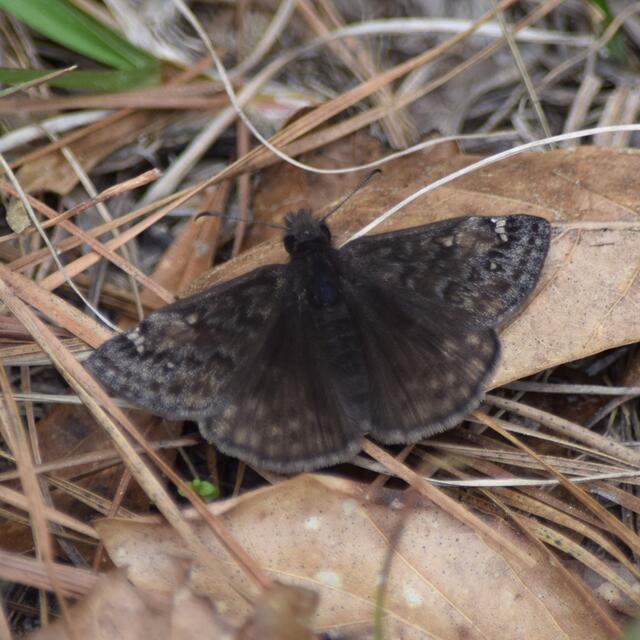
Observation date: Mar 25, 2022
Submitted by: Ken Cheeks
Region: Aiken County, South Carolina, United States
Verified by: Dennis Forsythe
Verified date: Apr 22, 2024

Observation date: Mar 25, 2022
Submitted by: Ken Cheeks
Region: Aiken County, South Carolina, United States
Verified by: Dennis Forsythe
Verified date: Apr 22, 2024

Observation date: Apr 15, 2024
Submitted by: tiki33wv
Region: Athens County, Ohio, United States
Verified by: rogerdowner
Verified date: Apr 21, 2024

Observation date: Apr 08, 2024
Submitted by: drmarc60223
Region: McCurtain County, Oklahoma, United States
Verified by: CA Ivy
Verified date: Apr 15, 2024

Observation date: Mar 16, 2024
Submitted by: Ty-Sharrow
Region: Craighead County, Arkansas, United States
Verified by: CA Ivy
Verified date: Apr 15, 2024

Observation date: Apr 04, 2024
Submitted by: Dobber31
Region: Benton County, Arkansas, United States
Verified by: CA Ivy
Verified date: Apr 15, 2024

Observation date: Mar 29, 2024
Submitted by: Mapper
Region: Johnson County, Illinois, United States
Verified by: rogerdowner
Verified date: Apr 01, 2024

Observation date: Mar 24, 2024
Submitted by: Mapper
Region: Pulaski County, Illinois, United States
Verified by: rogerdowner
Verified date: Mar 29, 2024

Observation date: Mar 21, 2024
Submitted by: MaxDesorgher
Region: Fentress County, Tennessee, United States
Verified by: John Calhoun
Verified date: Mar 24, 2024

Observation date: Mar 04, 2024
Submitted by: pamelmmc
Region: Harris County, Texas, United States
Verified by: jwileyrains
Verified date: Mar 12, 2024
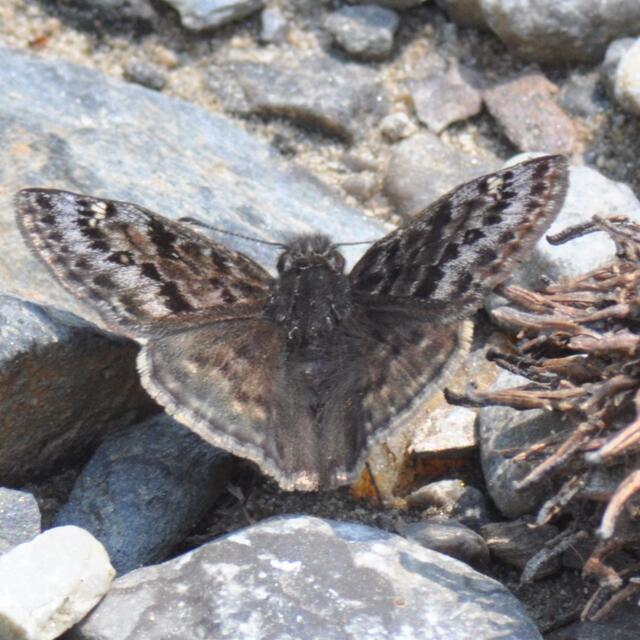
Observation date: Apr 11, 2011
Submitted by: Tommie Rogers
Region: Polk County, Tennessee, United States
Verified by: James Steen
Verified date: Jan 09, 2024

Observation date: Apr 17, 2020
Submitted by: luciainbloom
Region: Texas, Travis County, United States
Verified by: jwileyrains
Verified date: Sep 23, 2023

Observation date: Sep 17, 2023
Submitted by: eweber019
Region: Douglas County, Nebraska, United States
Verified by: Emily Geest
Verified date: Sep 18, 2023

Observation date: Apr 29, 2022
Submitted by: Rick Sinnott
Region: Catoosa County, Georgia, United States
Verified by: Mikelchap
Verified date: Aug 21, 2023
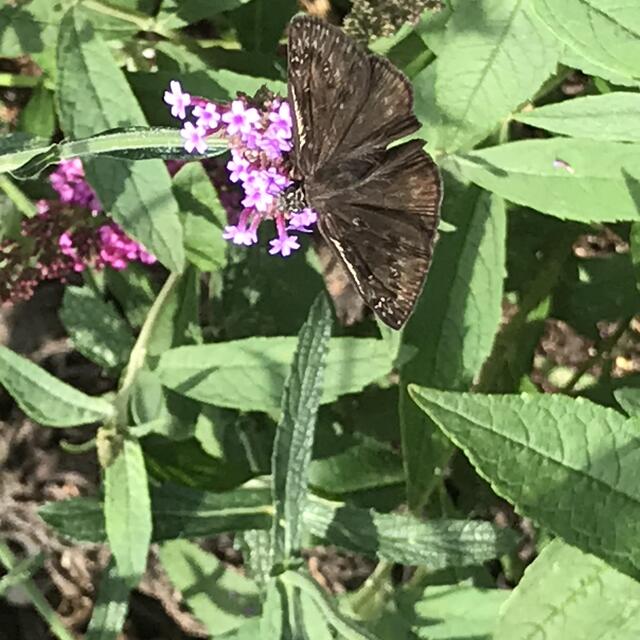
Observation date: Aug 02, 2023
Submitted by: scream of the b...
Region: Shelby County, Tennessee, United States
Verified by: James Steen
Verified date: Aug 16, 2023

Observation date: Jul 25, 2023
Submitted by: L.Hale
Region: Texas, Lubbock County, United States
Verified by: jwileyrains
Verified date: Jul 26, 2023

Observation date: Apr 13, 2023
Submitted by: tmblok87
Region: Bartow County, Georgia, United States
Verified by: Mikelchap
Verified date: Jul 23, 2023

Observation date: Jun 02, 2023
Submitted by: Sheryl Johnson
Region: Barnstable County, Massachusetts, United States
Verified by: jwileyrains
Verified date: Jul 16, 2023
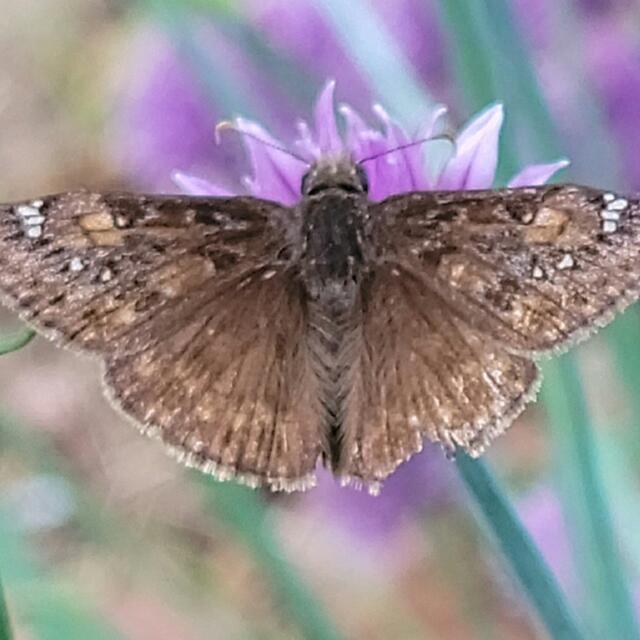
Observation date: Jun 16, 2023
Submitted by: aarongunnar
Region: Langlade County, Wisconsin, United States
Verified by: jmgesell
Verified date: Jul 11, 2023

Observation date: Jun 20, 2023
Submitted by: ian pepper
Region: Essex County, Massachusetts, United States
Verified by: jwileyrains
Verified date: Jun 21, 2023

Observation date: May 26, 2023
Submitted by: Robert Gorman
Region: Litchfield County, Connecticut, United States
Verified by: jwileyrains
Verified date: Jun 14, 2023

Observation date: May 11, 2023
Submitted by: Eric Hartshaw
Region: Powell County, Kentucky, United States
Verified by: CA Ivy
Verified date: Jun 11, 2023

Observation date: May 12, 2023
Submitted by: Eric Hartshaw
Region: Powell County, Kentucky, United States
Verified by: CA Ivy
Verified date: Jun 11, 2023
- 1 of 179
- next ›



